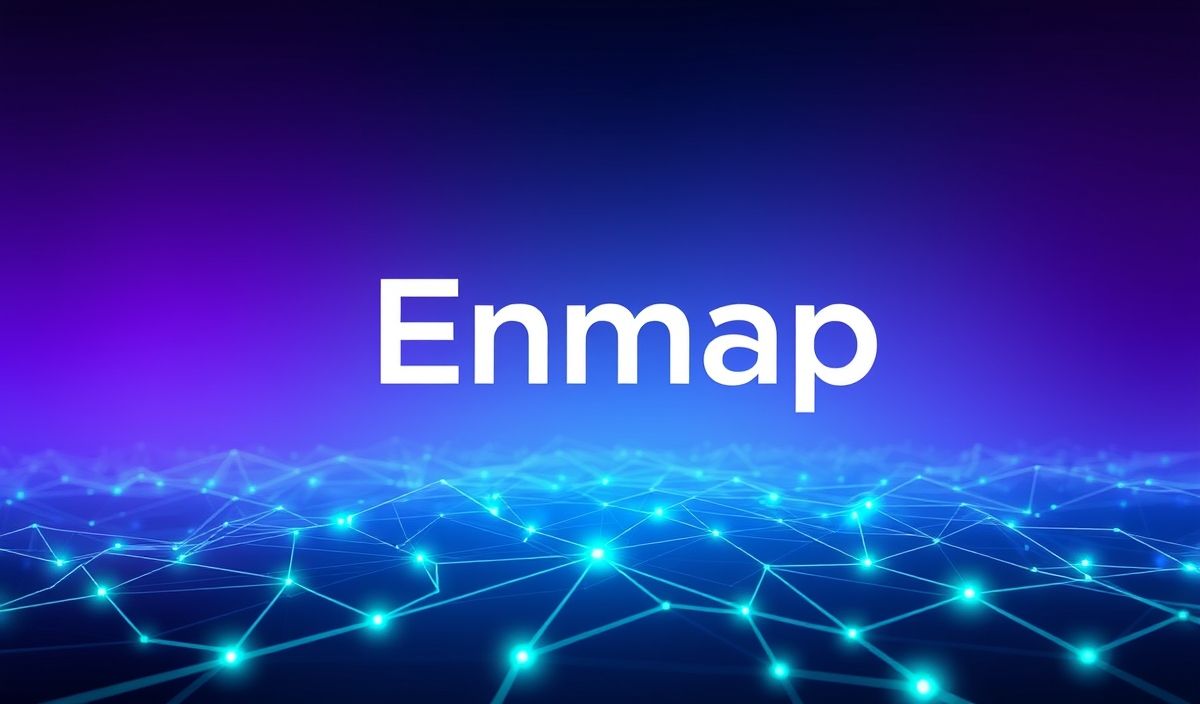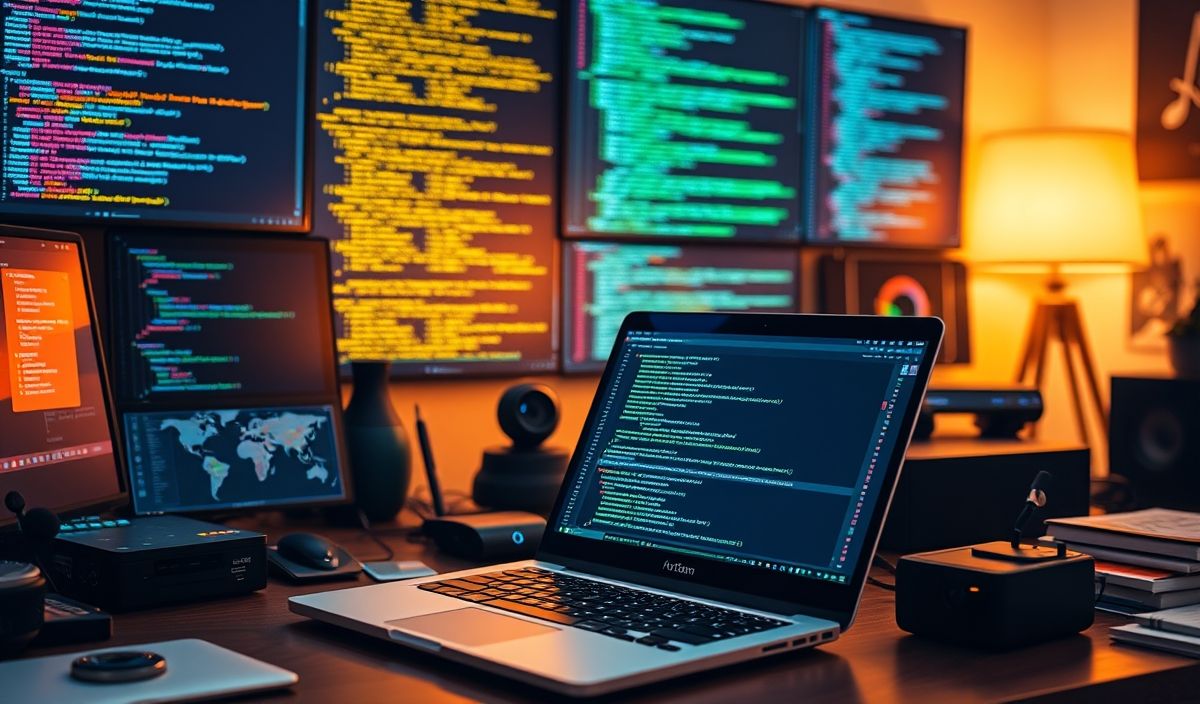Introduction to Pycairo
Pycairo is a Python module providing bindings for the widely used Cairo graphics library. Cairo is a 2D graphics library used for generating high-quality graphics in various output formats, like PNG, PDF, SVG, and others. With Pycairo, developers can create vector graphics, render images, and design applications with detailed custom visualizations.
Getting Started with pycairo
Installing pycairo is simple. You can install it using pip:
pip install pycairoOnce installed, you can begin creating and manipulating high-quality graphic outputs with ease.
Essential pycairo APIs and Code Snippets
1. Creating a Basic SVG File
The following code demonstrates how to create a simple SVG file using pycairo:
import cairo
WIDTH, HEIGHT = 400, 400
with cairo.SVGSurface("example.svg", WIDTH, HEIGHT) as surface:
context = cairo.Context(surface)
context.set_source_rgb(0, 0, 0) # Black
context.paint() # Fill the entire surface with black
context.set_source_rgb(1, 0, 0) # Red
context.rectangle(50, 50, 200, 200) # Set up a rectangle
context.fill() # Fill the rectangle with red
2. Drawing Shapes
Pycairo allows you to draw shapes such as circles, rectangles, and polygons. Here’s how to draw a circle:
with cairo.ImageSurface(cairo.FORMAT_ARGB32, WIDTH, HEIGHT) as surface:
context = cairo.Context(surface)
context.set_line_width(5)
context.arc(WIDTH / 2, HEIGHT / 2, 100, 0, 2 * 3.14) # A circle
context.set_source_rgb(0, 1, 0) # Green
context.stroke()
surface.write_to_png("circle.png")
3. Adding Text
In pycairo, you can render text onto your surfaces. Here’s an example:
with cairo.ImageSurface(cairo.FORMAT_ARGB32, WIDTH, HEIGHT) as surface:
context = cairo.Context(surface)
context.select_font_face("Sans", cairo.FONT_SLANT_NORMAL, cairo.FONT_WEIGHT_NORMAL)
context.set_font_size(40)
context.move_to(100, 100)
context.set_source_rgb(0, 0, 1) # Blue
context.show_text("Hello Pycairo!")
surface.write_to_png("text.png")
4. Gradients
Pycairo supports linear and radial gradients. Here’s how to create a linear gradient:
with cairo.ImageSurface(cairo.FORMAT_ARGB32, WIDTH, HEIGHT) as surface:
context = cairo.Context(surface)
linear = cairo.LinearGradient(0, 0, WIDTH, HEIGHT)
linear.add_color_stop_rgba(0, 1, 0, 0, 1) # Red at start
linear.add_color_stop_rgba(1, 0, 0, 1, 1) # Blue at end
context.rectangle(0, 0, WIDTH, HEIGHT)
context.set_source(linear)
context.fill()
surface.write_to_png("gradient.png")
5. Composing Images
Combining multiple elements is easy in pycairo. Here’s an example of combining text and shapes:
with cairo.ImageSurface(cairo.FORMAT_ARGB32, WIDTH, HEIGHT) as surface:
context = cairo.Context(surface)
# Draw background
context.set_source_rgb(0.95, 0.95, 0.95) # Light gray
context.paint()
# Draw circle
context.set_source_rgb(1, 0, 0) # Red
context.arc(WIDTH / 2, HEIGHT / 2 - 50, 50, 0, 2 * 3.14)
context.fill()
# Add text
context.select_font_face("Sans")
context.set_font_size(30)
context.set_source_rgb(0, 0, 0) # Black
context.move_to(100, HEIGHT / 2 + 50)
context.show_text("Pycairo Art")
surface.write_to_png("composition.png")
Building a Small Application with pycairo
Let’s build a simple application that creates a bar chart using pycairo APIs:
data = {"A": 10, "B": 20, "C": 30, "D": 40}
with cairo.ImageSurface(cairo.FORMAT_ARGB32, 400, 300) as surface:
context = cairo.Context(surface)
context.set_source_rgb(1, 1, 1) # White background
context.paint()
max_height = 200
bar_width = 50
spacing = 20
for i, (label, value) in enumerate(data.items()):
x = i * (bar_width + spacing) + 50
height = int((value / max(data.values())) * max_height)
y = 300 - height - 50
# Draw bar
context.set_source_rgb(0.2, 0.4, 0.8) # Blue bars
context.rectangle(x, y, bar_width, height)
context.fill()
# Add label
context.set_source_rgb(0, 0, 0) # Black text
context.select_font_face("Sans")
context.set_font_size(14)
context.move_to(x, 290)
context.show_text(label)
surface.write_to_png("barchart.png")
Conclusion
Pycairo is a powerful library for creating high-quality 2D graphics programmatically. With its wide range of APIs, you can draw shapes, render text, work with gradients, and design entire graphics systems. From building visualizations to custom application interfaces, Pycairo offers developers the flexibility and tools they need to create compelling graphics. Download pycairo today and explore the endless possibilities!




